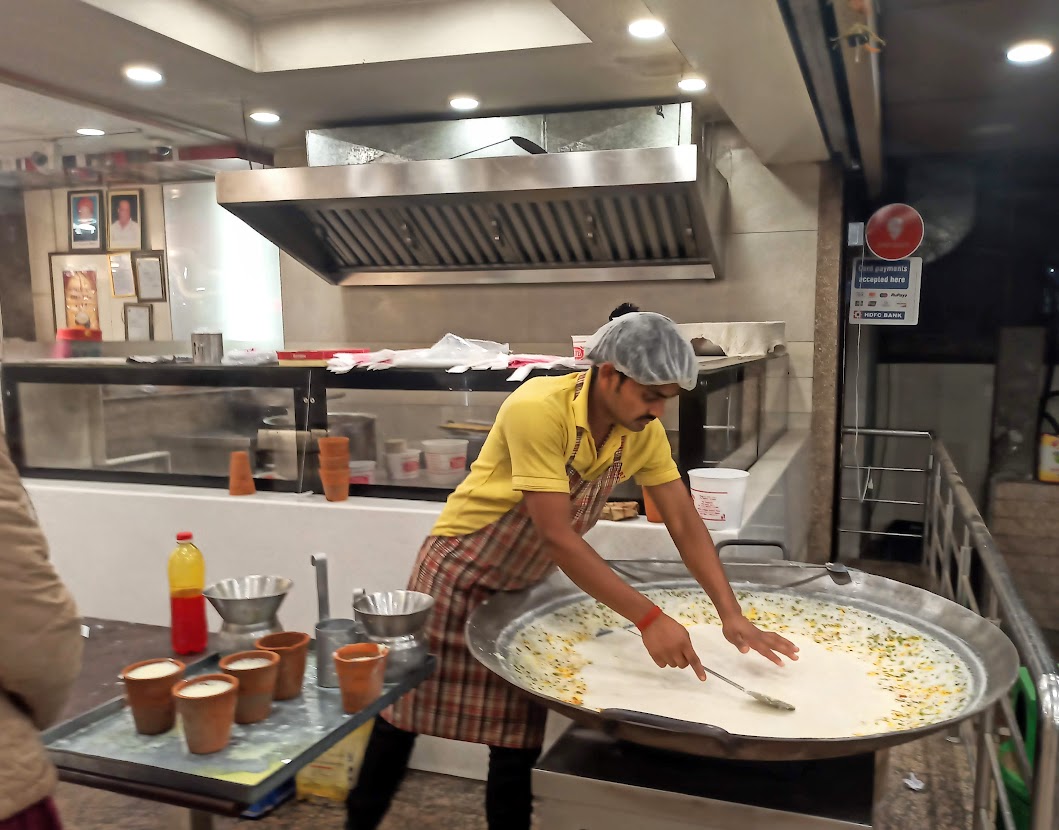
The Reserve Bank of India (RBI) may continue to hold rates as it leans towards growth while keeping inflation in mind.
The Monetary Policy Committee’s (MPC) decision to hold rates is a judgement call to give growth a chance to claw its way back into the sunlight without forgetting its dharma of maintaining price stability, RBI said in its monthly bulletin, hinting at a prolonged accommodative stand.
"The MPC demonstrated its commitment and ability to anchor inflation expectations around the target of 4% during 2016-2020. The once-in-a-century pandemic ratcheted up inflation all over the world and India was not immune," it added.
Inflation is likely to remain within the RBI’s projected levels for the rest of the year, it said while highlighting that inflation containment comes at the cost of economic growth.
In its 2021-22 inflation forecast, the RBI had earlier this month raised it to 5.7% from 5.1%. It had stated that it would continue to keep monetary policy accommodative as long as necessary to revive and sustain growth on a durable basis.
The RBI’s targeted range for inflation is 4% with 2% margin on either side. This band has, however, been breached twice this year, with CPI-based inflation resting at 6.30% in May and 6.26% in June.
“A reduction in the rate of inflation can only be achieved by reduction in growth; an increase in growth is only possible by paying the price of an increase in inflation, always and everywhere,” it said.
Justifying its leaning towards growth, the bulletin said that the MPC’s decision is backed with all available evidence – mobility, activity and survey-based.
“Yet it is, in the ultimate analysis, a judgement call because at the heart of the association between growth and inflation, a sacrifice is embedded,” the bulletin said.
All members of the MPC had voted to hold rates for the seventh consecutive time, with only one dissent vote to lift the accommodative stance. The minutes of the meeting held in July will be released on 20 August.
Explaining the dichotomies it faces while it walks on the tight rope nudging growth without letting the economy get heated up, the central bank said that given the knife-edge trade-off imposed by the sacrifice ratio, the conduct of monetary policy has converged to a glide path of graduated disinflation that spreads the inherent output losses over a period rather than a ‘cold turkey" approach that applies the sledgehammer leading to large GDP losses which kill the nascent recovery and set back the Indian economy by several years due to precipitate policy action.
The MPC demonstrated its commitment and ability to anchor inflation expectations around the target of 4% (with a tolerance band 2% on either side) during 2016-20.
The document said this is called the sacrifice ratio in economics, and the latest estimates for India suggest that for a 1% in the rate of inflation, 1.5-2 % of GDP growth has to be foregone.
Even while it tries to nurture growth, the rising crude oil prices, the central bank said, will have imported cost pressures on inflation. “The combination of elevated prices of industrial raw materials, high pump prices of petrol and diesel with their second-round effects, and logistics costs continue to impinge adversely on cost conditions for manufacturing and services, although weak demand conditions are tempering the pass through to output prices,” the RBI bulletin cautioned.
The MPC had to tolerate higher average inflation in 2020-21. For the year 2021-22, inflation is expected to average 5.7%, which is a decline of 50 basis points from the preceding year’s average in spite of still being in the midst of the pandemic’s second wave.
